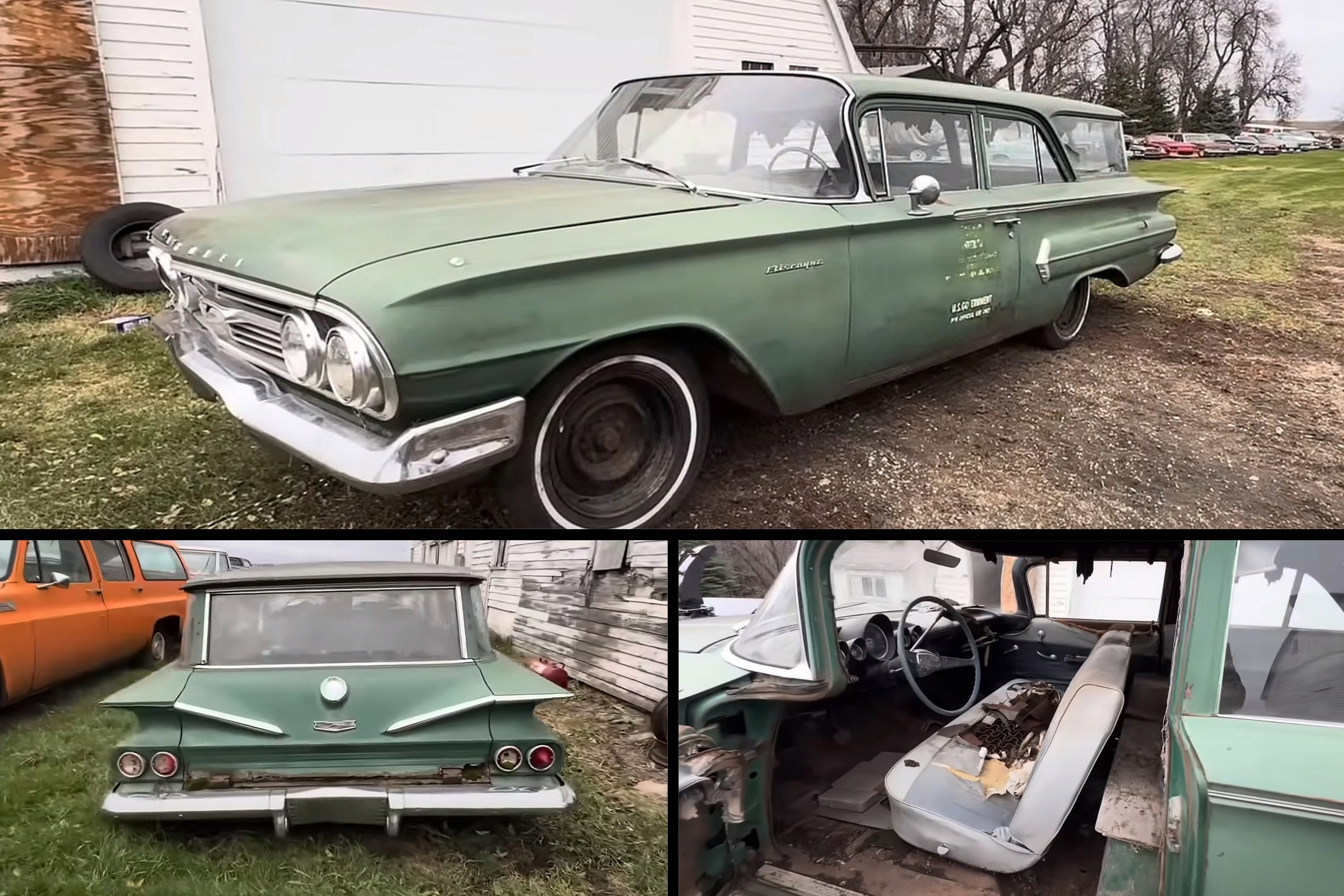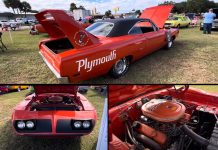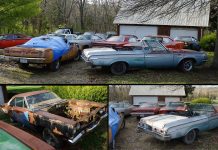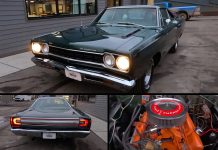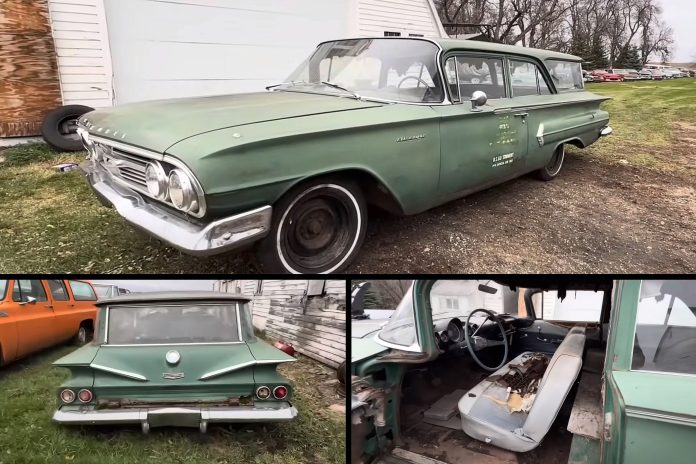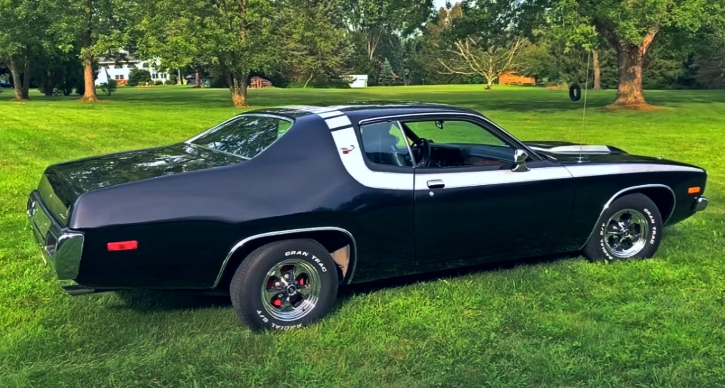The Golden Age of Chevrolet Full-Size Cars
Back in the mid-20th century, full-size cars, especially those from Chevrolet, were at the pinnacle of popularity. The Tri-Five series, featuring the iconic Bel Air and Impala, witnessed staggering sales, with Chevrolet selling over a million full-size automobiles annually from 1955 to 1965.

Today, these nameplates—Tri-Five, Bel Air, and Impala—are coveted classics, yet they also find themselves scattered in junkyards and barns. Despite their popularity, the lower-trimmed Biscaynes often languish, victims of rust or part donors due to the economic impracticality of restoration.
The challenge lies in the economics of restoring these entry-level Chevys. The cost often exceeds their current market value, a dilemma not unique to full-size Chevrolets but shared by many once-affordable classics. Despite their abundance in the past, not all models receive the same attention during restoration.

Surprisingly, some of these seemingly Spartan rigs hide rarity. Take, for instance, the 1960 Chevy two-door station wagon, a unicorn among classic car enthusiasts. In an era dominated by full-size cars, this model stands out as a rare find, a fact attributed to its short-lived production and low numbers.
The Rarity of the 1960 Chevy Two-Door Wagon
The two-door wagon, once popular in the Tri-Five era, underwent changes in nomenclature and availability. From the Yeoman in 1958 to the Brookwood in 1959, this body style saw a limited lifespan. By 1960, it disappeared from showrooms, leaving behind only a handful of examples.

Production numbers tell a compelling story. While Chevrolet sold nearly 52,000 two-door wagons from 1958 to 1960, this accounts for just 1.2% of the total full-size production. Unconsidered as collectibles, many of these utilitarian vehicles faced neglect and disrepair over the years.
Highlighted by “Johnson Auto Ranch LLC” on YouTube, a particular 1960 Chevy two-door wagon stands out. Formerly a government vehicle, this Biscayne is one of only 14,663 produced in 1960, featuring a configuration likely unavailable to the public.

This wagon, with a Sedan Delivery interior layout and government door lettering, points to a unique purpose—possibly linked to the US Department of the Interior and wildlife services. Its cargo area, devoid of rear seats, suggests a specialized role, perhaps in mapping parks and forest areas.
A Future for the Forgotten: Restoring a Government Fleet-Spec Rig
Despite decades of neglect, this government-ordered wagon, now in poor condition, holds promise. Rusty floors, missing trim, and a dormant inline-six engine do not deter its owner. With determination, he plans to breathe new life into this relic.

Undeterred by the challenges, the owner envisions a complete makeover for this fleet-spec rig. Responding to viewer comments on his YouTube channel, he aims to preserve its authenticity, turning it from a neglected relic into a road-worthy classic.
While it may lack the glamour of a V8-powered Impala SS, this wagon’s restoration journey is a testament to the owner’s passion for old wagons and classics with a story. In the world of car enthusiasts, this neglected government fleet-spec rig is set to defy the odds and become a unique piece of automotive history.

# FAQs
## Q1: Why were full-size cars, especially Chevrolets, popular from 1955 to 1965?
A1: The Tri-Five series, including iconic models like the Bel Air and Impala, witnessed widespread popularity, with Chevrolet selling over a million full-size cars annually during this period.
## Q2: Why are lower-trimmed Biscaynes often neglected in restoration efforts?
A2: The economic impracticality of restoring entry-level Chevys often leads to neglect of lower-trimmed models like the Biscayne, despite their abundance.
## Q3: What makes the 1960 Chevy two-door wagon rare?
A3: The rarity of this model is attributed to its short-lived production, low production numbers (14,663 units in 1960), and a unique configuration as an ex-government vehicle with a Sedan Delivery interior layout.
## Q4: What is the owner’s plan for the neglected government-ordered wagon?
A4: The owner plans to give the wagon a complete makeover, preserving its authenticity, and intends to return it to the road despite its current poor condition.


